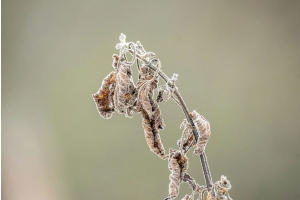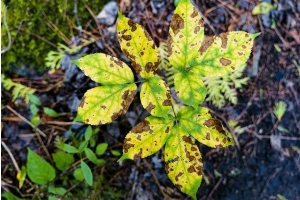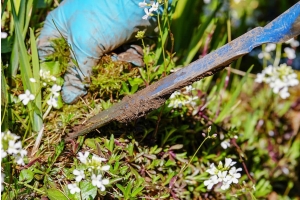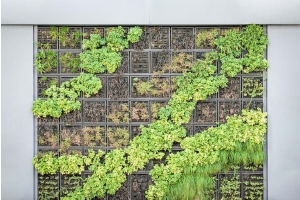Summer Greenhouse Cooling Tips
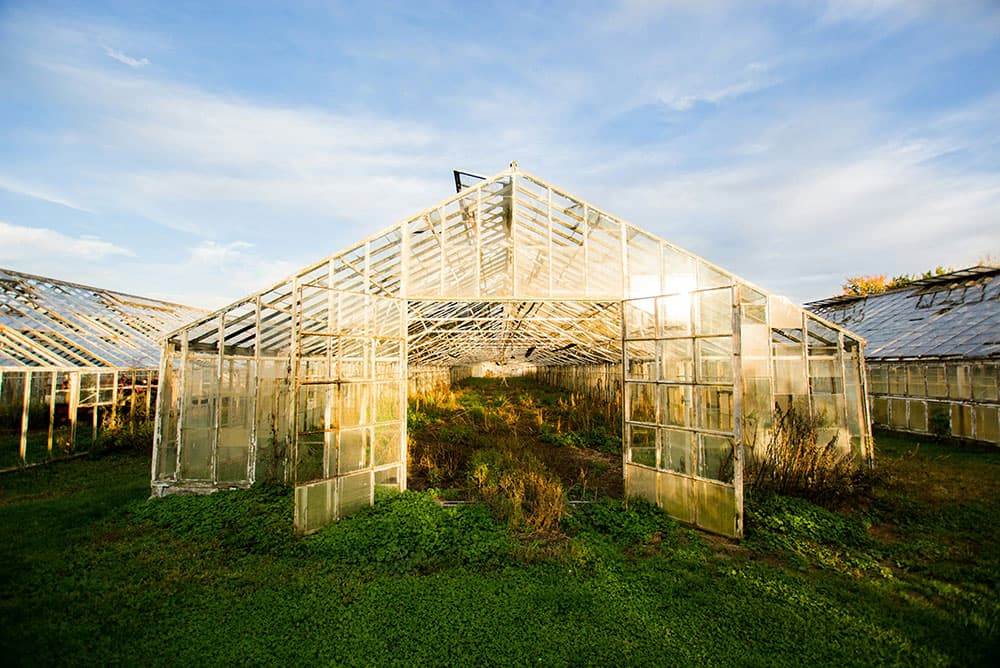
Excess heat is one of the most significant risks to crop quality and plant health during summer. Left unchecked, high temperatures and poor air circulation can lead to heat stress, wilting, disease outbreaks and a drop in yields, especially during heatwaves or prolonged periods of dry weather.
Effective greenhouse cooling isn't a luxury for professional growers and serious hobbyists — it's a critical part of summer operations. The good news is that there are proven, reliable methods for controlling temperatures and protecting your stock.
This guide will discuss practical greenhouse cooling strategies, including shading, ventilation, and irrigation techniques, to help you manage summer growing conditions. Whether managing a commercial polytunnel or a compact garden greenhouse, these tips will help you maintain optimum growing conditions when temperatures soar this summer.
How to Cool a Greenhouse - The Fundamentals
When it comes to greenhouse cooling, it's essential to be proactive, not reactive. Waiting for signs of heat stress or plant damage will cost you valuable stock and growing time as temperatures rise.
By combining three core principles, shading, ventilation and irrigation, you'll ensure the most effective cooling setup for your greenhouse.
How to Reduce Greenhouse Heat
Shade your crops from excessive heat as a first line of defence. By reducing the amount of direct sunlight entering the structure, you can significantly lower internal temperatures and protect plants from scorching, wilting, and growth interruptions.
Shade netting provides reliable, adjustable protection for larger commercial sites or structures with seasonal crops. Netting can be installed externally or internally in various shade densities depending on your requirements.
How to install shade netting
- Plan and Measure: Measure the length and width of the area to determine the net size and mark out the positions for support poles or attachment points.
- Choose the Right Shade Net: Select a net with the appropriate shade percentage. As a general rule, look for 30–50% Partial sunlight (vegetables, ornamentals), 50–70% Moderate sunlight (tomatoes, peppers), and 75–95% High shade (patios, sensitive plants).
- Support Structure: Install sturdy poles, ensuring they are deep and stable. Run tension wires across the top and sides for extra support. If your setup is temporary, weighted bases may suffice.
- Cut to size: Cut netting slightly larger than the measured area to allow for secure fastening. Use scissors or a utility knife for clean edges.
- Attach: Attach one side first using zip ties, clips, or fasteners every 30–40 cm (12–18 inches). Pull the net taut (not overstretched) across to the opposite side and secure. Attach all edges, ensuring even tension and no sagging, and reinforce corners and high-stress points with additional ties or grommets.
Natural Shading
In some cases, climbers or temporary external planting can provide light shading, though this method is less predictable and harder to control than professional-grade netting.
Pro Tip: Always position shading materials externally wherever possible. This prevents heat from building inside the structure, rather than just diffusing light.
Greenhouse Ventilation
Adequate ventilation is essential for controlling temperature, humidity, and air quality inside any greenhouse or polytunnel during the summer.
Without a reliable system to remove hot, stale air, even shaded structures will overheat, and humidity levels will quickly spiral out of control.
Passive Ventilation
Most greenhouses have roof vents or side louvres to promote natural air flow. And of course, you can always keep the door to your enclosure open.
The principle is simple: hot air rises and escapes through high-level openings while cooler air is drawn lower down.
The key to success regarding ventilation and a cool space is ensuring air pathways are unobstructed. Blocked vents or dense planting can dramatically reduce airflow efficiency.
Assisted Air Movement
If you have a packed-out commercial greenhouse, passive ventilation is likely insufficient, so you may need to consider powered solutions offering more control.
Options include:
- Solar-powered ventilators: For off-grid or remote sites.
- Circulation fans: To move stagnant air and balance temperatures.
- Extractor fans: For high-heat environments or sensitive crop areas.
Pro Tip: Position ventilation systems to create a continuous airflow path — drawing cooler air in at crop level and exhausting hot air at the highest point. Vents and fans should be inspected regularly for dust, debris, and mechanical faults.
Greenhouse Irrigation

Adequate irrigation isn't just about keeping plants alive — it’s a key tool for controlling greenhouse temperature and humidity. Well-managed watering routines will offset heat stress, maintain plant health, and reduce disease risk.
Targeted Plant Watering
Even the most avid gardeners can make mistakes when it comes to timing. Early morning or late evening watering is best to reduce rapid evaporation and lower the air temperature, as watering during peak hours can rapidly increase humidity and scorch delicate plants.
In large greenhouses, use drip irrigation systems, capillary mats, or micro-sprayers to deliver water directly to the roots of your plants. This minimises evaporation and keeps soil consistently moist without creating excess surface humidity.
Manual watering with a lance or hose is adequate for smaller greenhouses or mixed-crop setups.
Damping Down for Temperature Control
Damping down paths and exposed surfaces with a fine mist in high heat will help reduce air temperature. This technique is instrumental in polytunnels and glasshouses with limited ventilation.
Take care when damping down around certain crops — especially tomatoes, cucumbers, and other soft fruits — which are prone to fungal diseases like:
- Botrytis (grey mould)
- Powdery mildew
- Downy mildew
These pathogens thrive in warm, moist air. If humidity stays too high without adequate airflow, condensation will settle on foliage and flowers, creating ideal conditions for spreading fungal spores.
To reduce risk, tailor your damping down routine to crop, stock density, and time of day-ideally, dampen in the early morning, allowing excess moisture to evaporate before evening.
Bonus Tips for Summer Greenhouse Cooling
Plant Layout: Allow air to circulate freely between and around stock. Dense planting restricts airflow, trapping heat and raising humidity.
Prioritise air gaps around heat-sensitive crops like lettuce, bedding plants, and soft fruits.
Remove Excess Foliage: Strip back overgrown plants, especially around the base. This improves air movement at the crop level and reduces the risk of fungal outbreaks.
Use Heat-Tolerant Varieties: Switch to plant varieties with proven heat resistance for peak summer production cycles where possible.
Many professional growers now favour heat-tolerant tomato, lettuce, and bedding plant cultivars to maintain consistent July–August planting yields.
Consider Temporary Relocation: Moving vulnerable plants out of the greenhouse during the hottest part of the day or into shaded areas can prevent short-term heat damage in extreme conditions.
Reflective Materials: Aluminium bubble insulation or thermal screening can reduce solar gain without heavily restricting light. Reflective materials are especially effective on south-facing elevations during heat waves.
Proactive action is essential when managing greenhouse heat. At LBS, we know that the most effective approach combines shading, ventilation, and carefully managed irrigation. Supplemented with innovative layouts and high-quality products tailored to your crop type.
Explore the full range of LBS greenhouse cooling products - and get expert advice from a UK trusted supplier.

